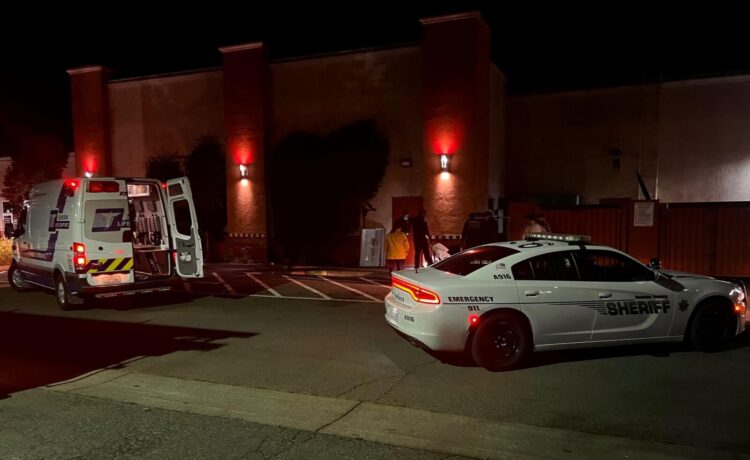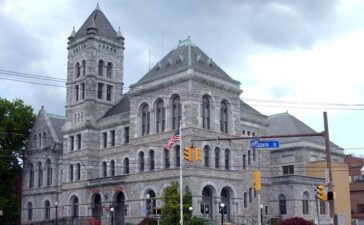Sonoma County ranks 27th in the state for opioid-related overdoses, according to a staff report.
Sonoma County is putting $16.15 million in opioid settlement money toward expanding local substance use services, particularly treatment facilities and programs.
The county is one of thousands of plaintiffs in a national lawsuit over the manufacturing, distributing and marketing of opioids, the powerful and often addictive pain killers that have fueled an overdose epidemic in the past decade. The 2018 lawsuit charged that pharmaceutical companies falsely advertised and misidentified the effects of opioids such as oxycontin.
The payouts come from a series of settlements with pharmaceutical distributors, manufacturers and pharmacies named as defendants in the case.
The county has $12.7 million currently available and expects to receive $3.5 million more this year, with an additional $27.5 million expected to come in between 2026 and 2038. It has five years to spend or allocate the funds on programs and seven years for capital projects, as payments are made.
The Board of Supervisors on Tuesday signed off on a spending plan for the initial $16.15 million with an emphasis on moving forward with urgency.
“I really would like to see this go forward as fast as possible and flexibly as possible,” said board Chair Lynda Hopkins.
The spending plan outlines: $11.6 million for community proposals supporting treatment; $3.8 million to put toward the county’s application for a larger grant to create a campus offering 64 treatment beds; and $750,000 to put toward prevention, education and harm reduction programs.
Sonoma County ranks 27th in the state for opioid-related overdoses, according to a staff report. Of the 135 drug overdose fatalities in the county in 2023, 76% involved opioids.
The county’s overdose death rate between 2021 and 2023 was 23.7 per 100,000 people, according to the county’s health data dashboard. Within the county, the highest overdose death rates were in the lower Russian River area ― 38.5 per 100,000 ― and in Santa Rosa ― 26 per 100,000 — according to county staff.
Men outnumbered women for overdose deaths, with a rate of 44 per 100,000 compared to 15.4 per 100,000, according to age-adjusted rates. Multiracial and Black populations also had disproportionately high age-adjusted rates, with 54.8 and 37.2 deaths per 100,000, respectively, according to county staff.
The county’s spending plan includes pursuit of a $67.7 million behavioral health grant through the state. If successful, the grant would be used to create a residential treatment site for adults with severe mental illness, including substance addiction.
That proposed facility appears to be in addition to existing, taxpayer-funded inpatient detox facilities for low-income residents, a field in flux in Sonoma County for several years.
The state requires a 10% match, which the county plans to satisfy using $3.5 million in settlement funds. If the state rejects the county’s application, those funds will be added to the pot for community proposals, county staff said Tuesday.
The $11.6 million for community proposals will prioritize projects serving disproportionately impacted populations, including men and multiracial and Black populations.
Jennifer Solito, the county’s interim health services director, said the department expects to start soliciting proposals at least by this summer.
Temporary homes for those in recovery, syringe exchange programs and outpatient treatment services are included on the list of projects the county might consider.
Interest in the funds has already sparked among local providers, including Buckelew Programs, a Novato-based nonprofit provider of mental health and substance abuse services.
The nonprofit has partnered with Gallaher Companies on a project called Sonoma County Housing for Hope, that would create a series of substance abuse treatment centers and sober living homes.
Proponents of the project hope to secure up to $20 million from the county, as reported in November.
Buckelew would manage operations, while Gallaher Companies’ construction arm would handle the development and Santa Rosa-based Poppy Bank — founded by Gallaher Companies’ principle Bill Gallaher — would provide a matching $20 million in low-interest loans.
On Tuesday, Buckelew and Gallaher Companies representatives reminded the board of their interest and stressed the urgent need to address the opioid crisis.
“We can move quickly with our partnership, we’re not bound by governmental barriers that can sometimes be in the way,” said Sylvie De La Cruz, longtime Athena House program director.
You can reach Staff Writer Emma Murphy at 707-521-5228 or [email protected]. On Twitter @MurphReports.

















